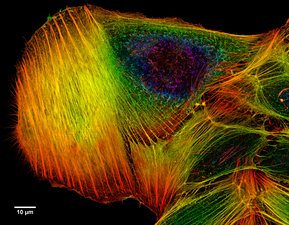What’s so critical about laser combiners?
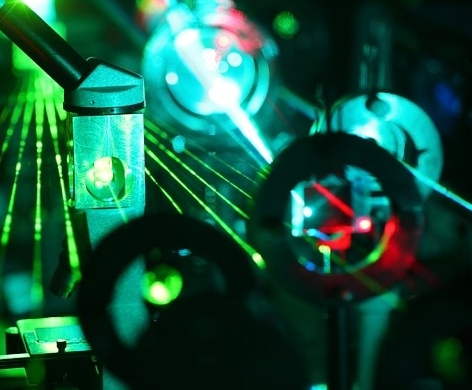 CW multi-wavelength combiners have proven to be a critical component in Life Science applications, reducing time, cost, and complexity, and fundamentally changing these applications, allowing for increased efficiency and ease of use. Given the immense degree of complexity and time involved with combining multiple laser beams into a confocal microscope, multi-wavelength combiner modules have flooded into the market in recent years. These plug-n-play style modules allow for swappable laser modules and quick and easy coupling with a confocal microscope, saving hours in precision alignment efforts. Laser combiner modules also help to avoid further compounding the complexity of the process, resulting from trying to select multiple different wavelength sources from various laser models and even from various manufacturers, likely with differing specifications. With a huge selection of wavelength combiners on the market, picking the right solution for your needs can be a difficult task.
CW multi-wavelength combiners have proven to be a critical component in Life Science applications, reducing time, cost, and complexity, and fundamentally changing these applications, allowing for increased efficiency and ease of use. Given the immense degree of complexity and time involved with combining multiple laser beams into a confocal microscope, multi-wavelength combiner modules have flooded into the market in recent years. These plug-n-play style modules allow for swappable laser modules and quick and easy coupling with a confocal microscope, saving hours in precision alignment efforts. Laser combiner modules also help to avoid further compounding the complexity of the process, resulting from trying to select multiple different wavelength sources from various laser models and even from various manufacturers, likely with differing specifications. With a huge selection of wavelength combiners on the market, picking the right solution for your needs can be a difficult task.
The L4Cc and L6Cc are flexible by design.
 Our engineers had versatility in mind when designing the L4Cc and the L6Cc. The platform’s modular design allowed for the L6Cc to be the most compact and flexible all-in-one multicolor laser source, which can be configured with up to 7 laser inputs, up to 4 optical fiber outputs, and allows you to choose any combination from a wide range of wavelengths from 375 nm up to 1064 nm, with output power up to 500mW. The L6Cc and L4Cc are available in turnkey or OEM versions and are field upgradeable to evolve with your changing needs, helping to preserve your investment. They are microprocessor controlled to provide unique features for demanding applications. The performance, versatility, and wide range of options and capabilities combine to make the LaserBoxx Combiner series a preferred solution for applications like FRAP, confocal fluorescence microscopy, flow cytometry, and DNA sequencing. The L6Cc is also available in a high power format with the integration of the Oxxius LaserBoxx LBX-HPE modules, with up to 1.2W output power per line, and is available with a speckle-free multimode fiber output.
Our engineers had versatility in mind when designing the L4Cc and the L6Cc. The platform’s modular design allowed for the L6Cc to be the most compact and flexible all-in-one multicolor laser source, which can be configured with up to 7 laser inputs, up to 4 optical fiber outputs, and allows you to choose any combination from a wide range of wavelengths from 375 nm up to 1064 nm, with output power up to 500mW. The L6Cc and L4Cc are available in turnkey or OEM versions and are field upgradeable to evolve with your changing needs, helping to preserve your investment. They are microprocessor controlled to provide unique features for demanding applications. The performance, versatility, and wide range of options and capabilities combine to make the LaserBoxx Combiner series a preferred solution for applications like FRAP, confocal fluorescence microscopy, flow cytometry, and DNA sequencing. The L6Cc is also available in a high power format with the integration of the Oxxius LaserBoxx LBX-HPE modules, with up to 1.2W output power per line, and is available with a speckle-free multimode fiber output.
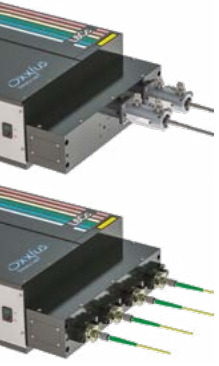
These combiners are ready for docking with our pre-aligned extension modules. The optional extension modules provide the ultimate level of flexibility by integrating fast switching output ports for FRAP, adjustable split power for Light Sheet Microscopy, and independent power and modulation control/adjustment of each individual wavelength, among other advanced functionalities. Our extension module is the unrivalled solution to seamlessly add new functionalities to Oxxius combiners. All functionalities are embedded into the electronics board as standard. Adding a second AOM or any other advanced features is effortless, simply plug it in and activate it. Finally, a large selection of connectors and collimators are available to fit the optical interfaces of your microscopes.
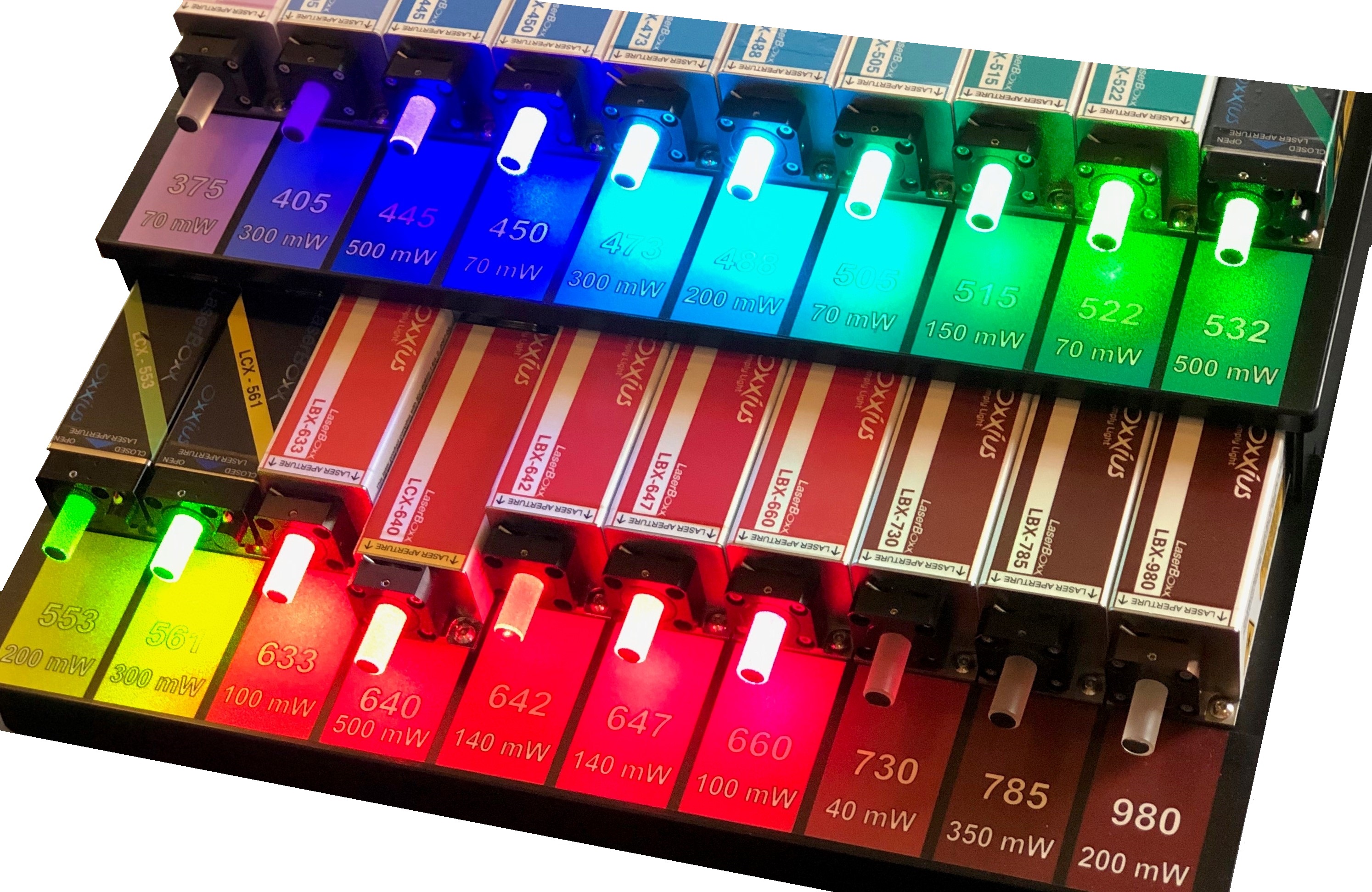
Oxxius provides a full line of DPSS and Diode Modules which pair perfectly with their Multi-Wavelength Combiner Series. Offering DPSS and diode wavelengths, all with an industry standard footprint, allows for the largest choice of wavelengths and powers in easily swappable modules, so you will be sure you have what you need for your evolving application requirements.
Life Science Applications – Basic CW Laser Specifications:
Most Life Science applications using CW Laser Modules involve fluorescence excitation and require a very low-noise laser with power stability and good beam quality. Except for Raman spectroscopy, many of these applications do not need a single longitudinal mode (SLM) laser. The wavelength and output power needed varies. Most are typically fiber coupled, but some require free space output.
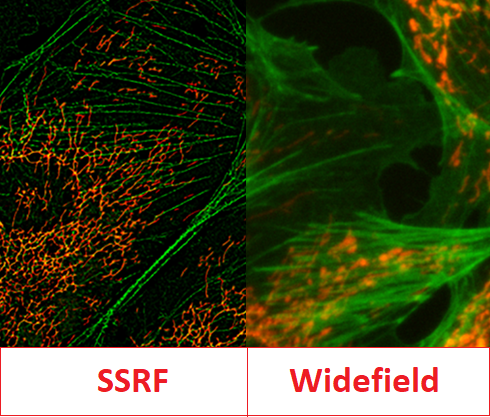 |
Super Resolution Imaging:
|
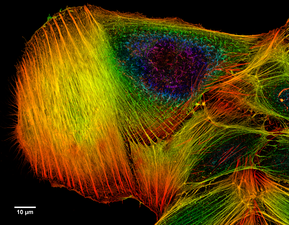 |
Confocal Microscopy:
|
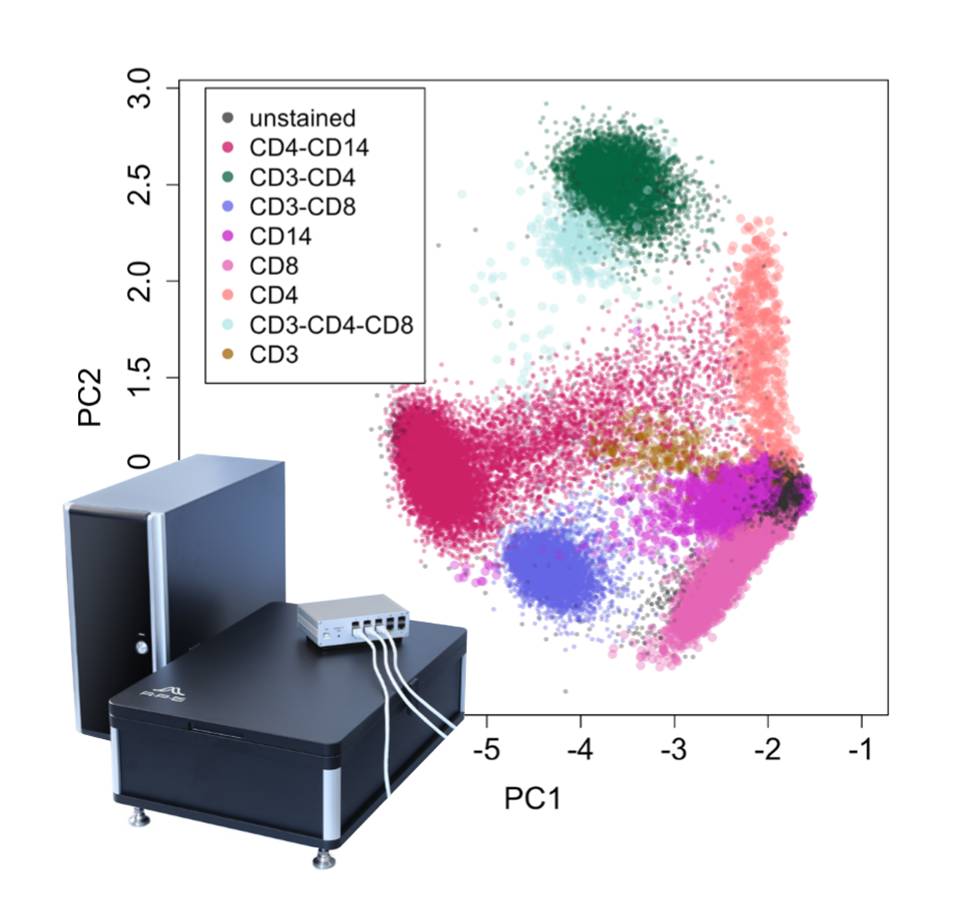 |
Flow Cytometry:
|
 |
DNA Sequencing:
|
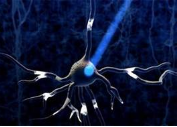 |
Optogenetics:
|
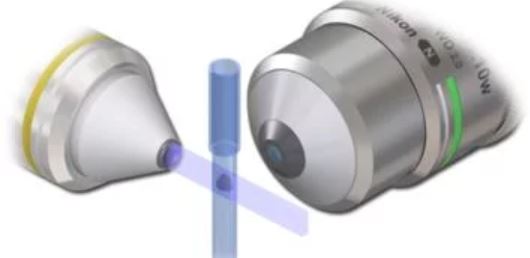 |
Light Sheet Microscopy:
|
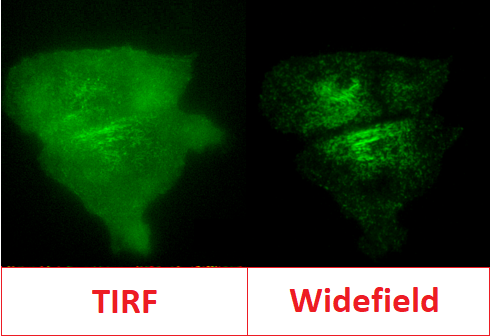 |
TIRF Microscopy:
|
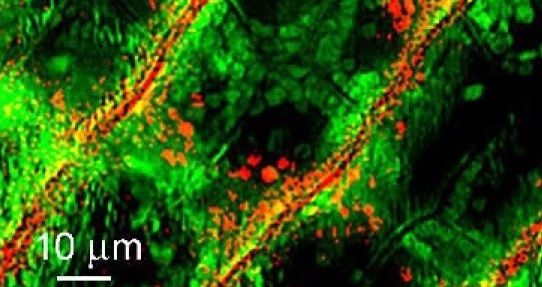 |
Raman Spectroscopy (SLM Combiner):
|
These are the most basic laser characteristics required for Life Science applications. If you need more information about a specific application, please Contact RPMC and we will provide additional information.
For more specific, in-depth articles, check out two of our previous White Papers: “CW Solid-State Laser Sources for the Life Sciences” & “Multi-Wavelength Laser Sources for Multi-Color Fluorescence Microscopy“. Also check out these previous blogs “3 important things when choosing a laser combiner for flow cytometry” & “Compact, Flexible, Field-Upgradable LaserBoxx Multi-Wavelength Combiners“
Let one of our Product Managers answer any questions, or provide assistance choosing the right laser by calling us at 636.272.7227, or Contact Us here!
Talk to a knowledgeable Product Manager today by Contacting Us here, or by calling us at 636.272.7227!

Oxxius, is a market leader in the design and manufacturing of advanced continuous-wave DPSS and diode laser modules. Available in the wavelength range of 375nm to 1064nm, these compact and flexible CW modules target several applications in the fields of biophotonics, meteorology, spectroscopy, and other analytics and instrumentation applications. The Oxxius CW modules offer advanced features such as analog and digital modulation, fiber coupling, isolators, as well as combiner configurations that can house 4 to 6 CW units, of various powers and wavelengths in a common housing and a common GUI interface. The flexibility of design, and disruptive innovations developed by the talented team at Oxxius, makes them a preferred partner for our CW laser clientele. |
 |

